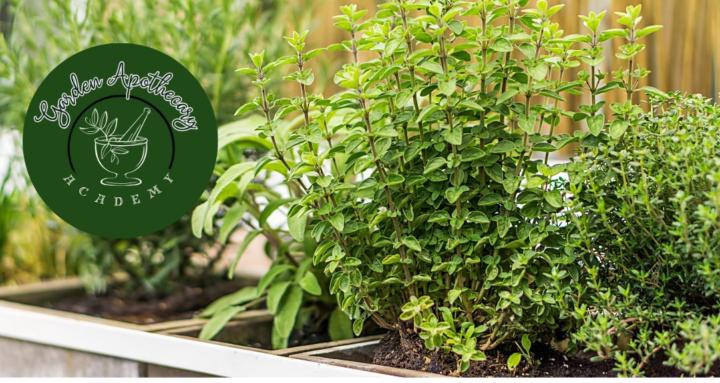Jun 7 • Gardening With Herbs
Anthracnose- a common disease in the garden
There are so very many challenges that a gardener can face in a single season, but various plant diseases are a big challenge. Each region has different variations, here in the South, Anthracnose is a very common problem.
This post will focus on the variation that is a challenge to cucumbers- one of my favorite vegetables! Thankfully, herbs are pretty immune to a lot of diseases, so that is a blessing!
Anthracnose, caused by the fungus Colletotrichum orbiculare, is a common disease affecting cucumbers, leading to reduced yield and quality if not managed. It thrives in warm, wet conditions, making it a challenge for growers in humid climates.
This course covers how to identify anthracnose and effective organic treatments to keep your cucumber crop healthy.
REMEMBER! The healthier your soil, the stronger your plants!
Identifying Anthracnose
Anthracnose presents distinct symptoms on cucumbers:
- Leaves: Circular, water-soaked spots that turn dark brown or black, often with a yellow halo. Severe infections cause leaves to wilt or drop.
- Stems: Sunken, dark lesions that can girdle vines, disrupting nutrient flow.
- Fruit: Small, sunken spots that expand into dark, crater-like lesions, sometimes with pinkish-orange spore masses in wet conditions. Affected fruit is often unmarketable.
The fungus spreads via rain, overhead watering, or contaminated tools and survives on crop debris or infected seeds.
Organic Treatment Strategies
Managing anthracnose organically focuses on prevention and cultural practices, with some natural remedies to suppress the disease:
- Crop Rotation: Rotate cucumbers with non-host crops (e.g., legumes or corn) for at least 2–3 years to reduce fungal buildup in the soil.
- Sanitation: Remove and destroy infected plant debris promptly. Clean tools and avoid working in wet fields to limit spore spread.
- Resistant Varieties: Plant cucumber varieties labeled as anthracnose-resistant, such as ‘Marketmore 97’ or ‘County Fair’. Check seed catalogs for resistance ratings.
- Improve Airflow: Space plants adequately (12–18 inches apart) and trellis vines to enhance air circulation, reducing leaf wetness. Avoid overhead watering; use drip irrigation instead.
- Organic Fungicides: Apply approved organic treatments like:
- Compost Tea: Some growers use aerated compost tea to boost beneficial microbes on plant surfaces, potentially outcompeting the fungus. Evidence is anecdotal, so combine with other methods.
- Mulching: Apply organic mulch (e.g., straw or wood chips) to prevent soil-borne spores from splashing onto plants during rain.
Final Notes
Anthracnose can be a setback, but proactive organic management keeps it in check. Start with resistant varieties, maintain good garden hygiene, and use cultural practices to minimize fungal spread. If using sprays, rotate products to prevent resistance and always follow organic certification guidelines. Regular monitoring and early action are key to protecting your cucumbers from this persistent disease.
3
0 comments

skool.com/gardenapothecary
An academy guaranteed to teach how to grow and use herbs medicinally for both you and your livestock.
Powered by



